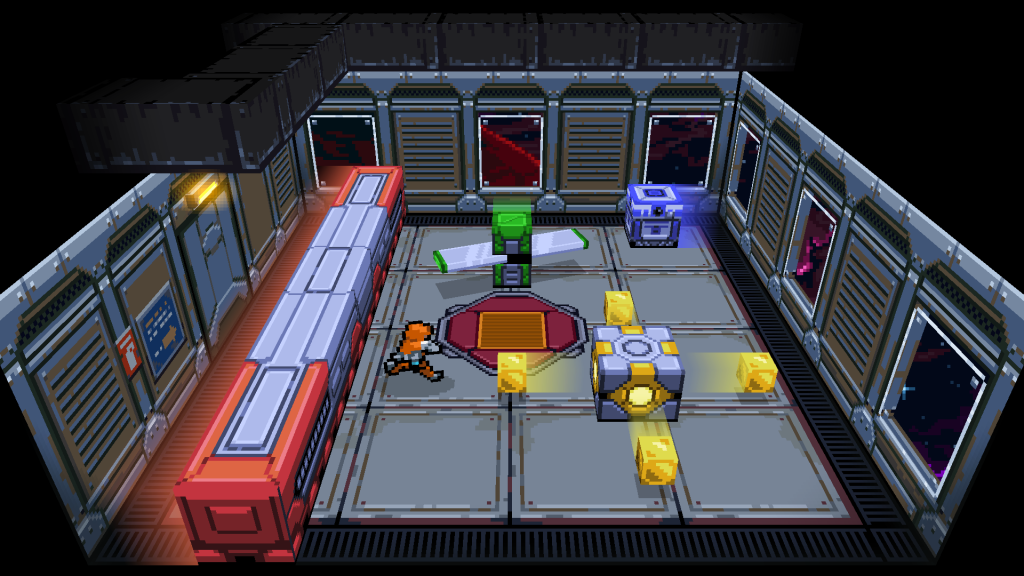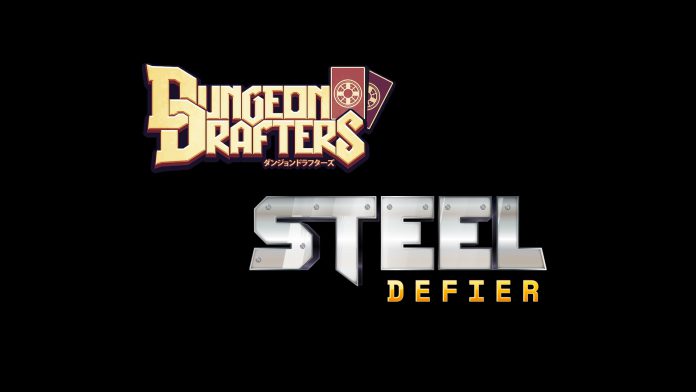Starting this week, we’re doing a new series: Indie Games Round-up. In this series, we’ll take a regular look at some of the smaller indie games that either hook us in or get sent our way and talk about the ones we like the most and what makes them great.
If there’s a market that’s constantly evolving, it’s the indie game scene. Indie gaming is an awesome space filled with awesome people, and is a great way to explore the greater world of gaming that’s keen on exploring new ideas, genre-fusions, or retro-styled game without the Triple A burden of Profits, Consumer Trends, vague threats of NFTs, and Profits.
I’m Josh, and most of my early life was spent indie-gaming because it’s all my laptop could run. (and the Xbox 360 didn’t have a great offering of indie titles at the time) Some of my favourite games of all times are indie – Pony Island and Inscryption from Daniel Mullins, Papers Please from Lucas Pope, and The Binding of Issac by Edmund McMillain & Florian Himsl just to name a few.
This article series is intended to highlight the games that have made their way to me, and give them a fair shake and a shout out to the developers who worked hard to get them out there. Publishing a game is hard work, and getting a game noticed is even harder.
Before we start, we’d like to say “thank you” to the Publishers who provided the codes for these games and made this review series possible.

Have you ever wanted to cast magic with a children’s card game, without motorcycles?
Dungeon Drafters is a rogue-like, deck-building turn-based strategy game, (R-LD-B-TBSG for short). Despite the absolute genre-soup, Dungeon Drafters manages to mix it all together into a coherent, innovative and mostly straightforward gameplay loop that still has me hooked.
I say “mostly” straightforward – I’ll start with that.
As with any deck-builder, there’s the natural depth as you craft a deck that not only works cohesively, but works to the style of play you enjoy. Like Magic the Gathering, Dungeon Drafters cards all fall into archetypes that give you an idea of how they’re going to operate, and you can create a style of deck that plays the way you like.
At first, you don’t get much a choice in your deck, and some of the starting characters aren’t very straight-forward in how their decks operate, as they focus on battlefield control or buff/debuffs. A lack of direct damage means you’re leaping around the battlefield trying to bash fools with your stick, and throwing your spells away trying to get enemies closer to hit with your stick, or just far enough away they waste their turn trying to get to you to hit you with their stick.

It’s a little tedious to begin with, for sure, but once you’re able to start customizing it gets a lot more engaging. (Unless you like doing all the aforementioned stuff, in which case, hell yeah.) You can always just start over and pick a new character if you don’t like the starting deck, you won’t lose much of anything. You’ll figure out pretty quick if the deck is to your tastes.
Outside of the deck-building, the gameplay loop is based around navigating the battlefield with your limited AP, which you also use to attack and cast spells. Enemies follow predictable patterns, letting you really think out your turns to optimize attacking and defending yourself, while adding randomisation via the cards you draw from your deck, which don’t redraw from encounter-to-encounter, forcing you to use them if you want to draw new ones.
It’s a little punishing, as some encounters you’ll just brick and have nothing useful, forcing you to waste turns on casting spells that are actively not useful, or using cards to draw more cards into your hand (which there are plenty of, and I find use for them in my decks. Being able to dump a bricked hand while getting buffed is hella useful.)
Outside of combat, when you inevitably fail a run or reach the end, you’ll be transported back to town to unlock new cards and cash in your treasure, as well as talk to NPCs, get some side-stories and do some side-quests. It’s lovingly simple.

Presentation wise – I love it. I’m a big sucker for retro-style sprite art (shocker, i know, who couldve guessed.) and each character you can play as is delightfully cutesy and characterful. NPC and Enemy Sprites are much the same, skillfully crafted and with vibes that range from Weird Little Dudes to Woah That’s Actually Kinda Badass. It’s just delightful, and it’s enhanced with little lore tidbits about all the critters and goobers you’re fighting with your card-magic as you click on them.
Where the game falls down is, unfortunately, in its UI. The UI was something I came to grips with eventually, but man, it’s confusing, and it just doesn’t explain things as concisely as I think it could. It’s not a big let-down, but in an otherwise really fun game it feels like one. You get the odd pop-up explaining crucial elements, but I still found myself having to explore every bit of the UI to track down what it did. I still can’t figure out how to dump only one or two cards when the descriptor says up to three, leaving me playing suboptimally because I just can’t figure out the button.
Wrestling with the controls, UI included, is the easiest way to take you out of a game and leave you out of the zone. I hope it’s something they can make a little easier, because the rest of the game is great.
Final Verdict
Overall, is Dungeon Drafters worth picking up? Hell yeah. It’ll get you lost in the deckbuilding sauce for a few hours, and you’ll even have fun while doing it.
Available On: Nintendo Switch, PlayStation 4, Xbox One, Microsoft Windows (Steam and GoG), Linux

Steel Defier is a pretty little game about escaping a sci-fi prison by jumping over geometric objects – some speedy, some not so speedy, and some that spawn more geometric blocks which move at speeds both moderate and speedy. Your goal is to not hit the geometric little objects and crawl through the maze while collecting some power-ups that make dodging the objects easier.
It’s hard to go in depth about a game that took me all of twenty minutes to beat, which in itself isn’t a bad thing – short, repeatable experiences are just as valid as sprawling epics that never seem to end – but the gameplay loop left me a bit underwhelmed, if I’m honest. All the upgrades made the gameplay loop easier, and by consequence, boring. If it was a little tighter, and ramped up to be more faster-paced, I think it could easily evolve into a frantic little roguelike where you play it on loop for an hour at a time.
Outside of the gameplay, there’s a few other things to enjoy – the little story setting was neat, and I always enjoy the retro-styling in games like this. A game like this lives and dies on its presentation, and I thought it was pretty enjoyable, it just didn’t do much with it unfortunately. The entire game has this cool sci-fi styling to it, and its set escaping a high-tech prison, and it really doesn’t play into it as much as it could. Make the enemies lil’ robots, give them some character, some personality. I think something like that really could’ve kicked the game up a gear.

I enjoy the music as well, some funky synth that kept me engaged for the short time I was playing.
Final Verdict
Is it worth picking up? Ehhh. Not particularly. I literally got 20 minutes out of it, and those last five I was barely playing due to the upgrades I got. I think there’s room for the idea to evolve, and I’d definitely follow on for that.
Available On: Nintendo Switch, PlayStation 5, PlayStation 4, Xbox One, Microsoft Windows (Steam), Linux, Xbox Series X and Series S
Have any questions or feedback? Have suggestions for games we should be looking at? Got a game you want us to review? Drop us a note in the comments below or email us at contact@goonhammer.com.


